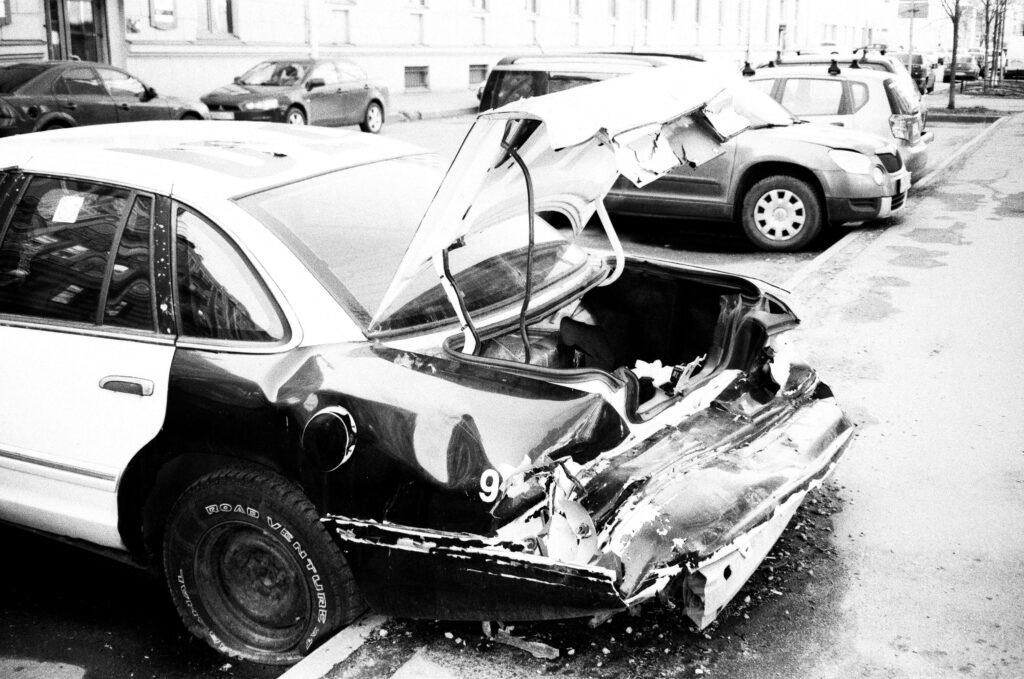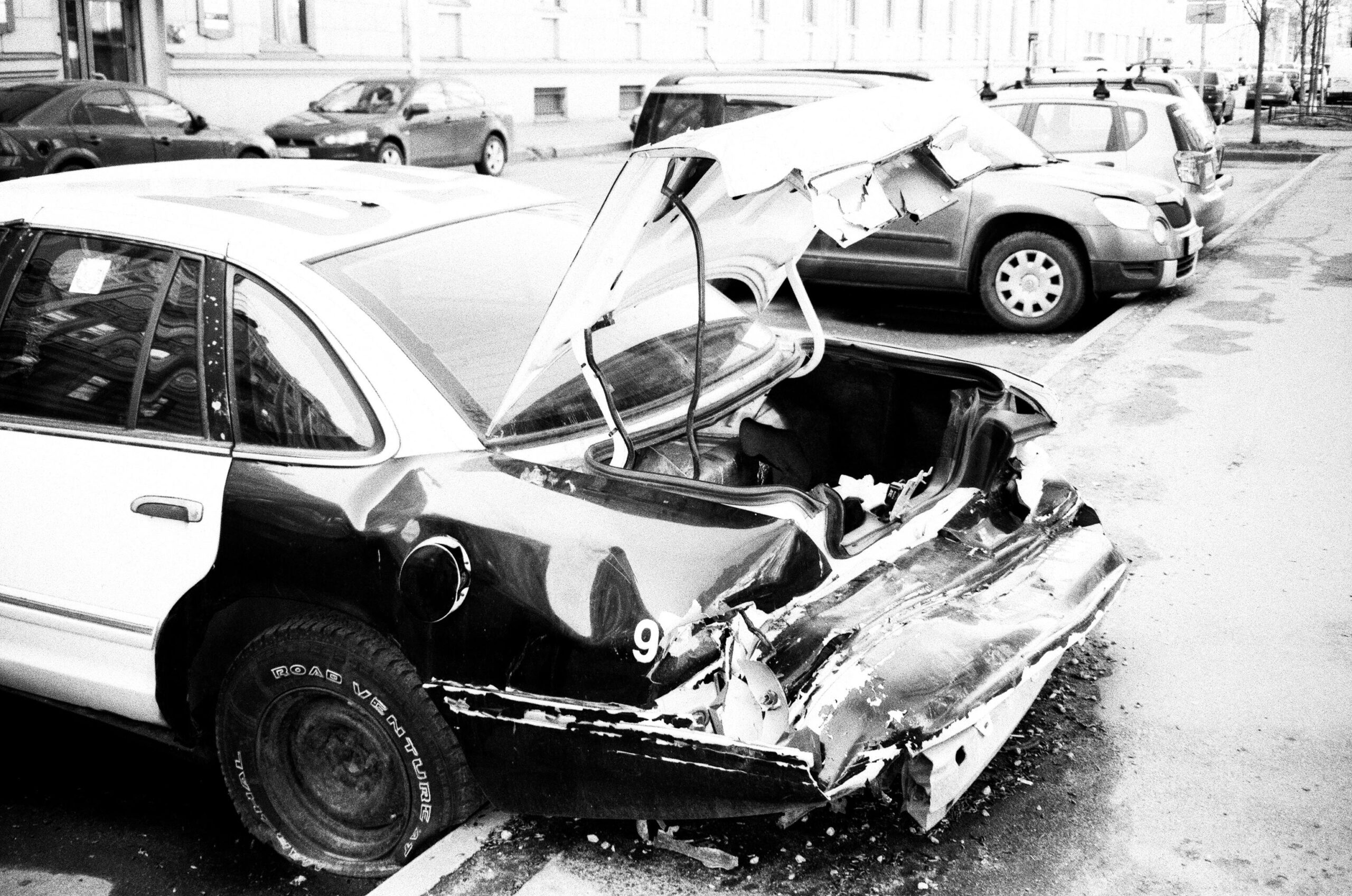
Gap Insurance in Canada: A Comprehensive Introduction
What Is Gap Insurance?
Guaranteed Asset Protection, commonly referred to as Gap Insurance, is a specialized form of auto insurance that covers the difference—or the “gap”—between what you owe on a car loan or lease and the actual cash value (ACV) of your vehicle in the event of a total loss due to theft or accident. This can be an essential safeguard for Canadian drivers who finance or lease new vehicles and might face significant financial exposure without it.
When a new vehicle is driven off the lot, it begins to depreciate—often by as much as 20–30% in the first year alone. If a serious accident or theft occurs shortly after the purchase, your primary auto insurance will only reimburse the depreciated market value of the car. That leaves you responsible for the remaining balance of your loan or lease. This is where gap insurance becomes vital: it bridges that shortfall.
Why Gap Insurance Matters in Canada
Canada’s large geography, harsh winters, and reliance on automobiles for daily commuting make car ownership widespread. Additionally, the increasing trend of financing and leasing vehicles rather than buying them outright puts more Canadians at risk of owing more than their car is worth in its early years.
For example, suppose you bought a new vehicle for $40,000 and financed the entire amount. After a year, the car’s market value drops to $30,000, but you still owe $36,000 on your loan. If the car gets totaled, your insurer pays $30,000, and you are still responsible for the $6,000 difference—unless you have gap insurance.
Who Needs Gap Insurance?
Not everyone needs gap insurance. It is especially beneficial for:
- New car buyers with long-term financing (over 60 months).
- Leasing customers, where gap insurance is often required.
- Buyers with little or no down payment, resulting in a loan that exceeds the car’s value.
- High-mileage drivers, as depreciation occurs faster.
- Car buyers choosing luxury or rapidly depreciating vehicles.
If you own your vehicle outright or have a small loan compared to the car’s value, gap insurance might be unnecessary. However, for many Canadians in lease or long-term loan agreements, it provides valuable protection.
Types of Gap Insurance
There are different types of gap coverage available in Canada:
Finance Gap Insurance: Covers the gap between what your primary insurer pays and what you owe on your loan.
Lease Gap Insurance: Specifically designed for leased vehicles; covers the gap between insurance settlement and what you owe under your lease contract.
Return-to-Invoice Gap Insurance: Offers a payout that equals the original invoice price of the vehicle.
New Car Replacement Coverage: Some insurers offer a product similar to gap insurance that replaces your vehicle with a brand-new equivalent, rather than paying out the depreciated value.
Where to Get Gap Insurance in Canada
Gap insurance is available through multiple channels:
Car Dealerships
Most dealerships offer gap insurance at the point of sale when financing or leasing a new vehicle. This is often added to your total loan amount, which can be convenient—but also more expensive due to interest accrued over the loan term.
- Pros: Easy to obtain; integrated into your financing.
- Cons: Typically more expensive than other options.
Auto Insurance Providers
Many traditional auto insurance companies now offer gap insurance or similar coverage as an add-on to your policy.
Some providers offering this in Canada include:
- Intact Insurance – https://www.intact.ca
- Aviva Canada – https://www.aviva.ca
- Belairdirect – https://www.belairdirect.com
- Desjardins Insurance – https://www.desjardinsgeneralinsurance.com
- Pros: Potentially lower premium; can be bundled with your auto policy.
- Cons: May have restrictions on car age or mileage.
Third-Party Insurance Providers and Brokers
Independent brokers and specialized providers also sell standalone gap insurance policies.
Examples include:
- Surex – https://www.surex.com
- Kanetix.ca – https://www.kanetix.ca
- Ratehub.ca – https://www.ratehub.ca
- Pros: Shop and compare multiple quotes.
- Cons: May require more research.
How to Apply for Gap Insurance in Canada
Step-by-Step Process:
Evaluate Your Need
- Review your loan or lease contract.
- Determine how much you owe vs. the current market value.
- Assess depreciation rates for your vehicle.
Check Existing Coverage
- Your current auto insurance might include new car replacement or limited gap protection. Review your policy details before buying extra coverage.
Get Quotes
- Compare offers from dealerships, insurers, and brokers.
- Ensure you’re comparing similar coverage levels.
Understand Terms and Conditions
- Key things to look for:
- Coverage limits
- Deductibles
- Exclusions (e.g., commercial use, write-off time frame)
- Term length (typically 1–7 years)
Purchase the Policy
- If buying through a dealer, it’s usually rolled into your financing.
- If buying through an insurance company, you can usually add it via your online account or with an agent.
- If using a broker or third-party, fill out an application and pay premiums directly.
Document Everything
- Keep copies of your policy, payment records, and vehicle purchase documents. These will be critical in the event of a claim.
Cost of Gap Insurance in Canada
The cost varies depending on:
- Vehicle make and model
- Loan or lease terms
- Purchase channel (dealerships tend to be pricier)
- Coverage duration
Typical costs:
- Dealerships: $400–$1,000 (often rolled into financing)
- Insurance companies: $30–$80/year as an add-on
- Third-party providers: $200–$600 (for 2–5 years of coverage)
Limitations and Exclusions
Gap insurance doesn’t cover:
- Engine failure or mechanical issues
- Missed payments or late fees
- Negative equity from previous loans (unless rolled into current one)
- Accidents due to illegal activity or uninsured driving
Always read the fine print before committing to a policy.
Alternatives to Gap Insurance
Some Canadians may prefer or qualify for alternatives:
- New Car Replacement Coverage: Offered by some insurers; it pays for a brand-new car rather than ACV.
- Depreciation Waiver: Found in some comprehensive policies; negates depreciation for a certain time period (e.g., 24 months).
- Loan/Lease Payoff Coverage: A limited version of gap insurance covering a set percentage of the gap.
Is Gap Insurance Right for You?
Gap insurance is an affordable way to protect yourself from financial hardship if your financed or leased car is totaled or stolen. It is especially relevant in Canada, where vehicle costs are high, and depreciation occurs quickly due to climate and usage patterns. Before purchasing, Canadians should assess their financial situation, loan terms, and the vehicle’s depreciation profile.
